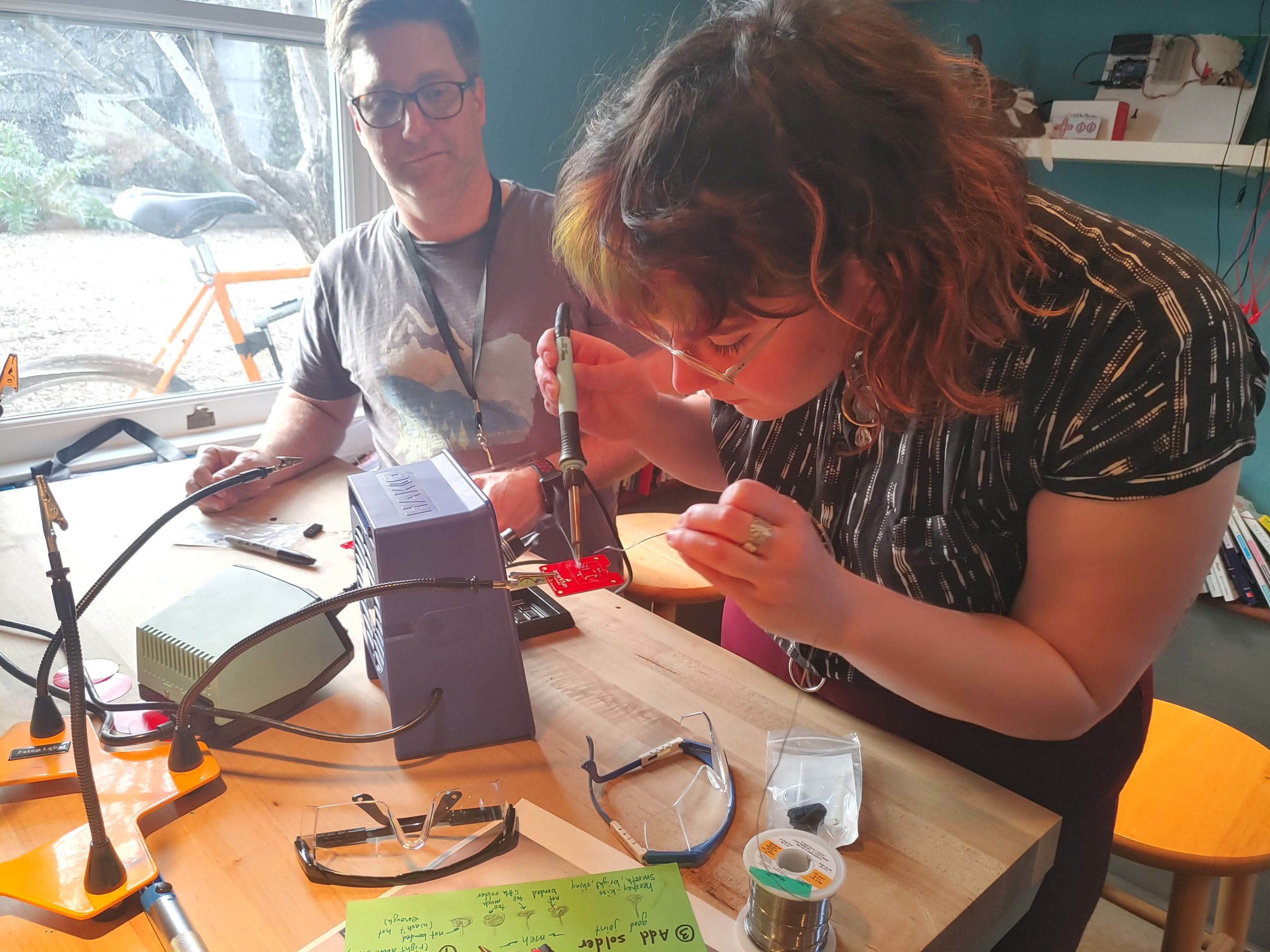
Pathways To Equity
We are the Field-Building Collaborative, six organizations that came together to maximize their efforts to change the STEM field. How? by engaging and including all, particularly Black and Brown students in digital fabrication and making. We plan to have our work generate systemic change in STEM education and representation in STEM careers. And, through the use of Storytelling as a Tool for Equity, we’ve gathered compelling narratives suggesting the effect of our work beyond the initial goal of broadening access to STEM education and careers. Other social and economic equity concerns, such as closing wealth gaps, are potentially impacted by this work as evidenced in the stories collected from our stakeholders.
Advocacy on increasing representation and inclusion of Black and Brown people in STEM careers is widely known. Yet there is still a struggle with viewing digital fabrication and making as viable access points to STEM because of narratives about what maker spaces and digital fabrication are and their relation to STEM. Moreover, the work is compounded by the target population questioning, “Is Science for Us?” as this Archer, DeWitt, and Osborne article eponymously claims.
Stock narratives about Black and Brown communities and advancing digital fabrication, and making opportunities center around members of the community, and the community itself, as being undeserving, uninterested, inexperienced, and under-resourced, and overall not a good investment–not yielding much. Interaction with our constituents and their communities illustrates the opposite. Thus, our Storytelling as a Tool for Equity initiative was launched.

Stock Stories |
Stock stories according to Bell are “the tales told by the dominant group, passed on through historical and literary documents, and celebrated through public rituals, law, the arts, education, and media” that “explain racial dynamics in ways that support the status quo” and “legitimize the perspective of the dominant white racial group in our society.” |

Concealed Stories |
Concealed stories are “that are just beneath the surface; not so much unknown as constantly overshadowed, pushed back into the margins, and conveniently ‘forgotten’ or repressed. Moreover, they “challenge stock stories by offering different accounts of and explanations for social relations.” |

